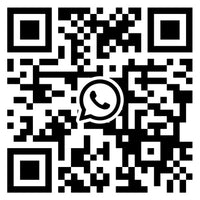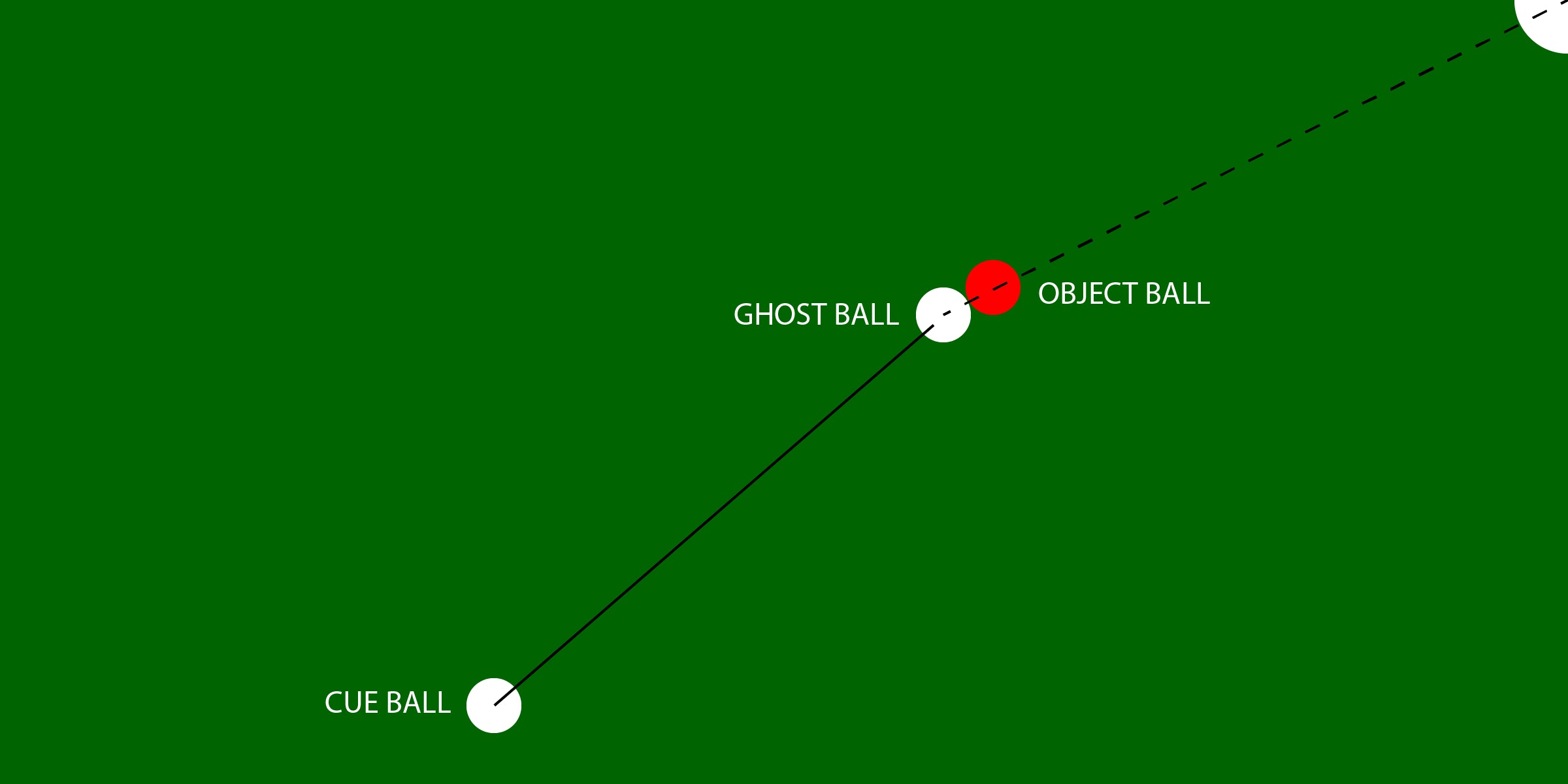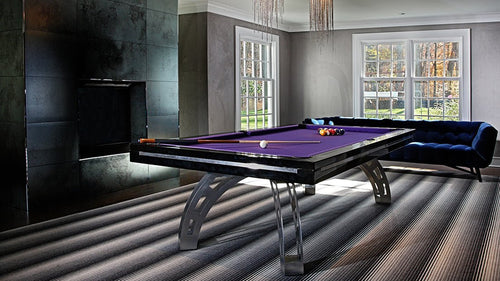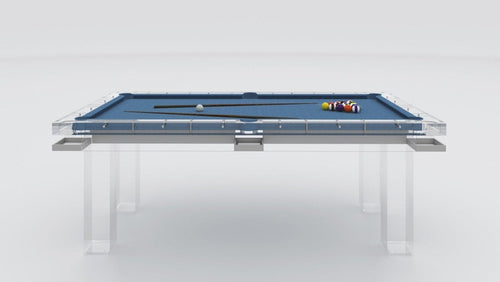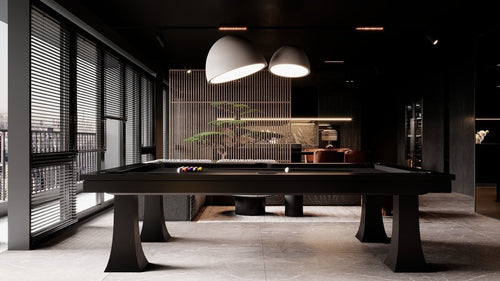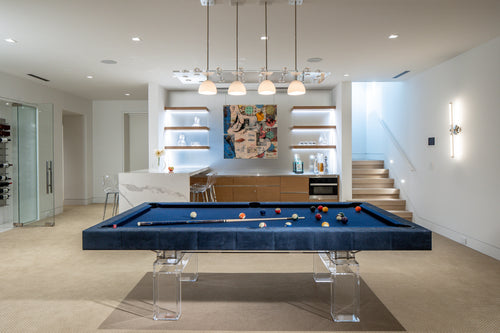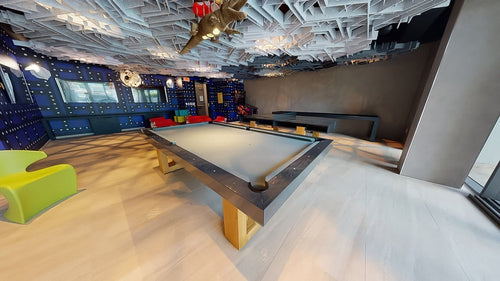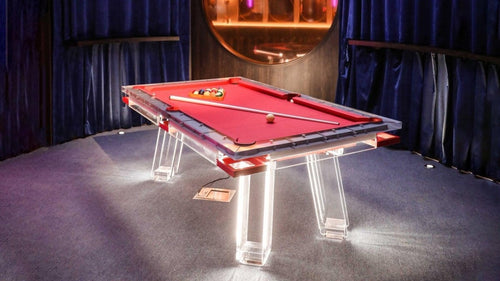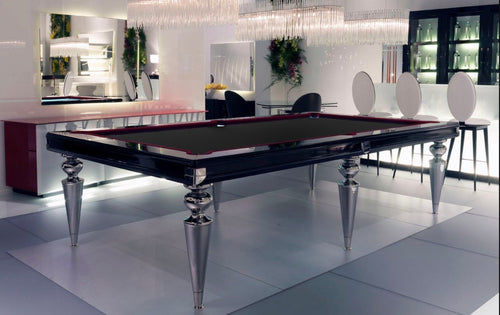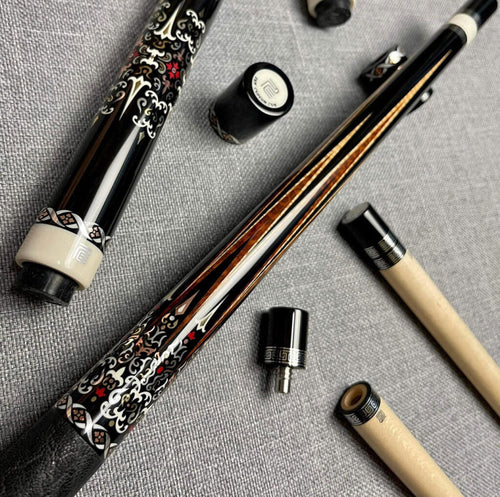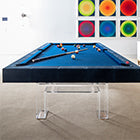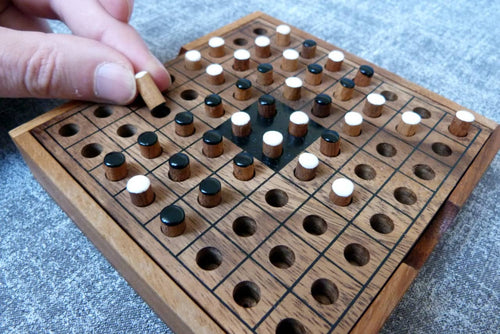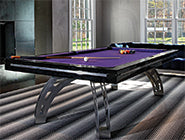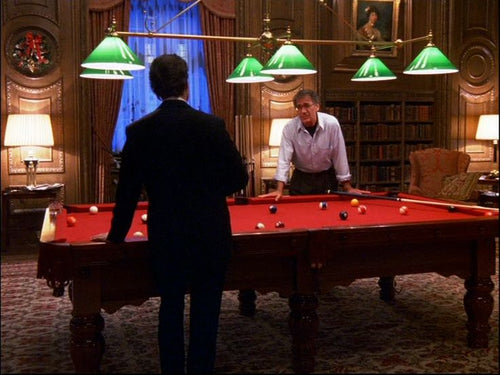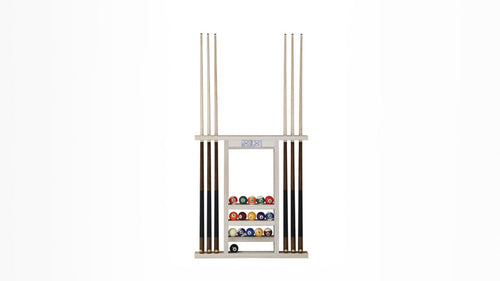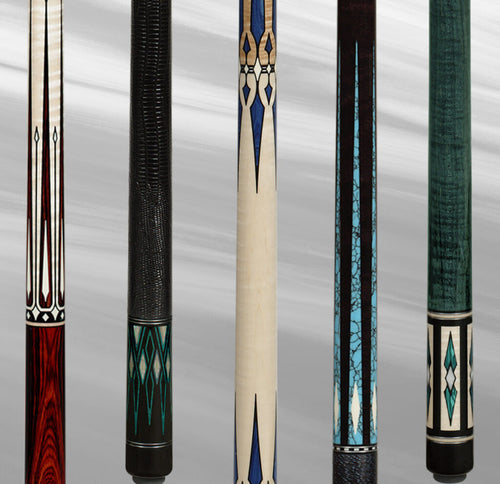Enjoy our modern designs
Introduction
Imagine sinking a difficult shot with ease, as if you could see exactly where the cue ball needs to be to make the perfect contact. The Ghost Ball Aiming Method gives you this kind of precision, making it one of the simplest yet most effective ways to improve your pool game. This method helps players determine the correct contact point between the cue ball and object ball, resulting in more consistent shots. Today, we’ll break down how to apply this method practically, explaining how to develop a feel for the ghost ball and why it's such a powerful aiming tool.
What Is the Ghost Ball Aiming Method?
The Ghost Ball Aiming Method involves imagining a second, "ghost" ball that represents where the cue ball should be at the moment of contact with the object ball. The concept is simple—to visualize the cue ball replacing the ghost ball at the collision point, ensuring the object ball heads precisely into the intended pocket. This visualization allows you to line up shots consistently, improving accuracy and minimizing mistakes.
The key to success with the ghost ball technique is developing a clear mental image of the ghost ball’s position relative to the object ball. One effective way to do this is by standing behind the shot, visualizing the ghost ball as a real, solid object, and then aligning your cue through it. Practicing this consistently will help strengthen the mental image over time. By visualizing where this imaginary ball would be, you train your muscle memory and enhance your intuitive feel for each shot.
Step-by-Step Breakdown
Breaking down the process into clear steps is crucial for mastering the ghost ball technique. Each step builds on the previous one, progressively leading to real-world improvements in gameplay, helping you develop a consistent and reliable approach to aiming.
Identify the Desired Path for the Object Ball
Before thinking about aiming, you need to choose the pocket and visualize the intended path of the object ball. The foundation of great aiming is knowing exactly where you want the object ball to go, and this starts with mapping out the angle.
Visualize the Ghost Ball
Place yourself behind the cue ball and imagine a ghost ball positioned such that, if it were in place, the cue ball would make perfect contact with the object ball, sending it towards the target. Accuracy is key—clearly visualize the ghost ball to ensure precise aiming.
Establish Your Line of Aim
Use the imagined ghost ball as a reference. Physically move your cue to align directly through the center of the ghost ball and the cue ball. This ensures that your line of aim remains true, regardless of the difficulty of the angle.
Practice Drills to Reinforce Ghost Ball Imagery
Use specific drills to build a feel for this technique. Set up straight-in shots at varying distances and aim using the ghost ball method without striking, just to check alignment. Beginners can place a coin or chalk as a marker for the ghost ball position to help visualize it more effectively until it becomes instinctive. As you get more comfortable, gradually increase the difficulty of the drills by adding more challenging angles or introducing slight obstacles to further refine your skills. Additionally, practice varying your stroke speed to understand how power influences the cue ball's final position, which is crucial for effective cue ball control. Practice each drill for at least 10 repetitions per distance to reinforce your muscle memory and build consistency. Then practice the shots repeatedly until the ghost ball visualization becomes second nature.
The Science Behind the Ghost Ball Method
The ghost ball method is based on geometric principles—a line from the cue ball through the ghost ball points toward the center of the object ball, creating an efficient collision. Understanding these basics can make you a more versatile player, capable of adapting the ghost ball concept to different table layouts and shot difficulties.
Common Pitfalls and How to Avoid Them
Not Visualizing Clearly: One of the main challenges is failing to visualize the ghost ball precisely. Beginners can use physical markers initially to improve visualization until they build the confidence to visualize effectively without aids. Players often rush, causing misalignment. Take a few extra moments to refine the visualization before pulling the trigger.Cue Ball Control Issues: It's easy to get caught up in aiming and forget about cue ball position. Practice hitting softly at first. Soft strokes allow better control, giving you time to focus on both the ghost ball visualization and cue ball travel.
Practice Makes Perfect
Repetition is key in making the ghost ball aiming method instinctive. Track your progress over time by keeping a journal or using a tracking app for your practice sessions. Note down the number of successful shots, angles you struggle with, and improvements you notice. This will help you stay motivated and see your growth more clearly. The more you practice, the easier it will be to naturally see the ghost ball. Set up drills with different angles and positions to force your brain to adapt and visualize consistently.
In Conclusion
Mastering the Ghost Ball Aiming Method can elevate your game, turning difficult shots into consistent successes. By using a structured approach—from precise visualization to disciplined practice—you can make aiming a second nature skill. Take time to visualize, set up properly, and build your intuitive feel for the ghost ball. Aiming isn’t just about physics—it’s about developing a sense of the table, and the ghost ball is your bridge to that sense.
